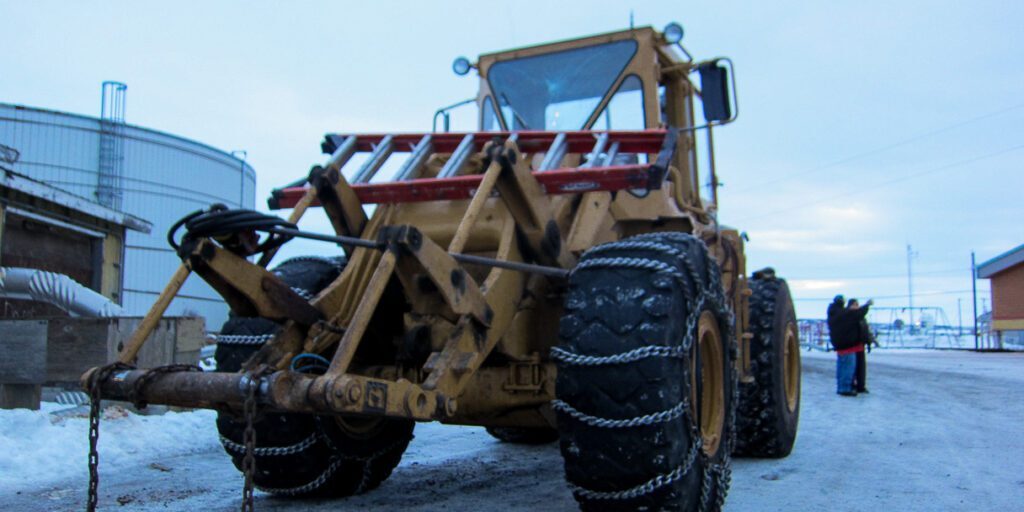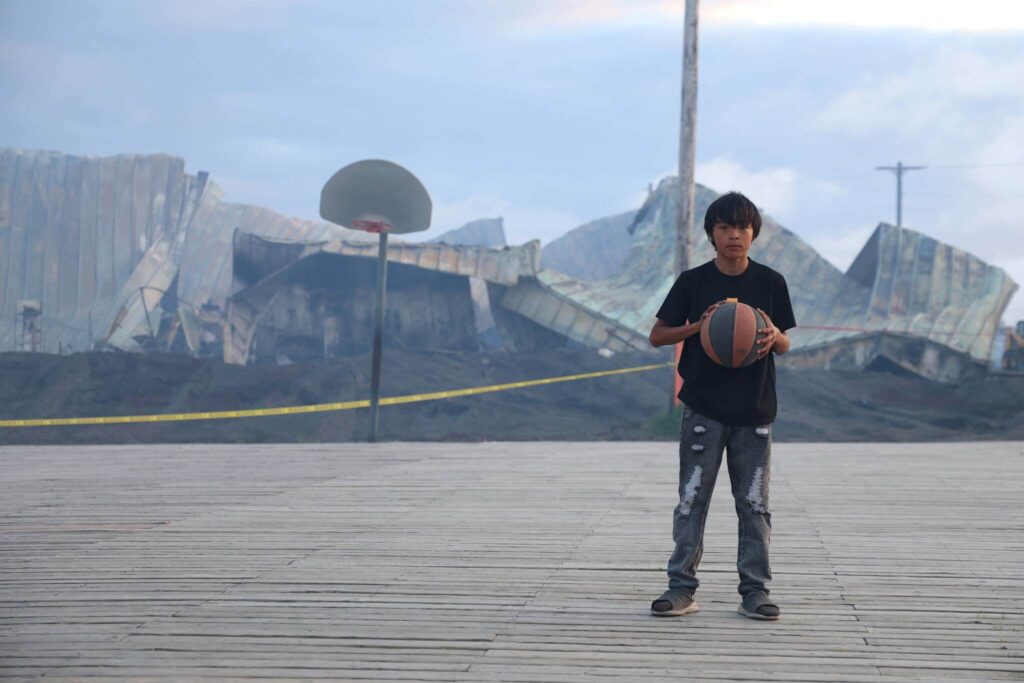Yesterday I flew back to Stebbins, two-and-a-half months after my first jaunt down in the wake of damage from bad fall storms. I wanted to go back for a few reasons, some fine and good, others more personal and self-serving.
“Follow-up” can mean different things in news. I’m using it here to refer looking back into past stories—once the immediacy of an event or time-peg has withered away, and the hard work of repair or re-assembly or re-just-about-anything is underway. News media is very bad at this. Catastrophe is not only more convenient, but often more compelling in the alarmist, dramatic tone and structure of most reportage. For my own part, in the last few months of reporting stuff I can say that big, new events are exciting, knitted with a self-justifying importance. The few times I’ve followed up on a story after a spell it has been a chore. Like checking in with a lukewarm relative when there’s nothing much to update them on.
Last week President Obama went through the procedural steps of declaring last fall’s storms in Alaska a natural disaster, which is the symbolic flourish necessary to get FEMA funds to communities still in need of repairs. I went to Stebbins partly because of that—to see how that faraway announcement affected folks in the actual town. But, more so because I thought it was important that the story of the storms in Stebbins include the arduous tasks of securing funds, re-stocking supplies, and efforts at organizing to mitigate future risks.
On the news end of the things, it’s very convenient and easy to float from event to event, disaster to disaster, scandal to scandal, dropping lines of continuity or context for the gratifying flash and bang of new outrages. This week in the lower-48 Chris Christie’s Bridgegate snafu is in vogue. Weeks before it was Anthony Weiner’s newest iteration of carelessness more befitting a teenager on Instagram than a political candidate. The meteorological headline lately has been the polar vortex. A little over a month ago it was Hurricane Haiyan in the Philippines. In a month more it will be a new one, because weather events in the context of global climate change is our psychic proxy for existential dread over the fate of the species and social order. It’s not that these events are unimportant or irrelevant. But that the narrative repetition is a product of how news departments and mass media operate. Follow up is an anesthetic to the sensation of cataclysm induced by a media structure perennially returning to new crises. It reminds us there’s still a there there after a storm, still the burden of ownership to repair, rebuild, return. Follow up is the bummer after the rush.

The more selfish reasons were that I wanted to get out of Nome for a little adventure—ride in a small plane, zip around on the back of a four-wheeler, feel uncomfortable again.
Without getting too bogged down, and with no intention of mistakenly claiming to have figured out a community I’ve been to twice, the post-storm perspective I gleaned from trekking back to Stebbins lacks the epic vivacity evoked by a storm. The reconstruction efforts there are harder, duller, and deeper than the heroics of families evacuated in a front-loader last November, or the drama of roads washed out by fast-rising flood waters. During my trip I talked with the people working to fix long-term problems the flood exacerbated. Those efforts happen in administrative offices with mediocre lighting, they happen in grant forms, short emails, paperwork, and casual conversations. It appeared to be a long process involving lots of necessary banality and follow-through from the people in charge of the organizations working to fix things. Those things are not just important, they are vital. So though there’s no time-peg for the news story, scant tantalizing details to hook a listener’s attention, few theatrics, it’s those kinds of after-the-fact chores that will, hopefully, lock in funds for a seawall, for piped water, for an elevated evacuation route. The boring, essential stuff. The stuff that never seems to fit into headlines.







